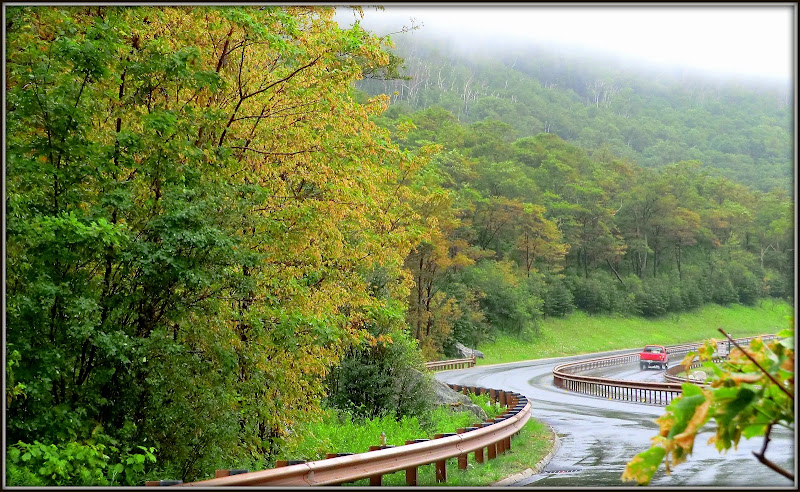1HappyHiker
Well-known member
When driving through the Franconia Notch today (26-June), couldn't help but notice that it looked like early autumn in the general vicinity roughly between Boise Rock and Exit 34B.
Maybe the recent roadwork in the Notch somehow damaged the foliage??
(Moderator: I didn't see a previous thread about this, but if I missed it, then please delete this post.)

Maybe the recent roadwork in the Notch somehow damaged the foliage??
(Moderator: I didn't see a previous thread about this, but if I missed it, then please delete this post.)

